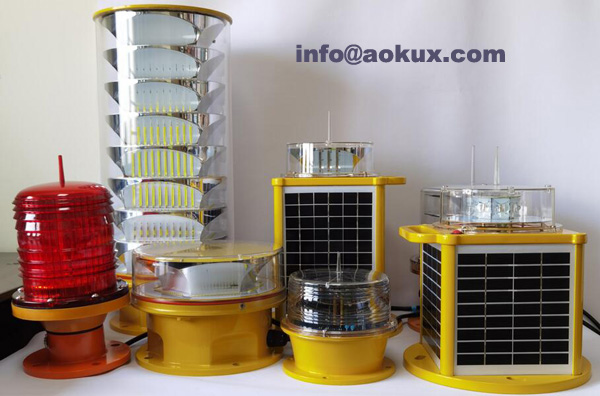
Obstacle Lights for Aviation: Improving Flight Safety
Obstacle lights are an integral part of aviation safety as they help pilots navigate through the air by warning them of potential obstacles such as buildings, towers, and other structures. These lights provide essential visual cues for pilots, particularly in low-light conditions or during inclement weather.
Aviation obstacle lights come in various forms, including red flashing beacons, steady-burning lights, and strobe lights. Each type serves a unique purpose to ensure maximum visibility and safety for pilots. Red beacons are typically used on tall structures like towers or wind turbines, while steady-burning lights are commonly found on smaller obstacles such as buildings. Strobe lights, on the other hand, are often used as an additional warning signal and can be seen from greater distances.

One of the primary benefits of using obstacle lights is their ability to enhance situational awareness for pilots. By providing a clear visual indication of the location and height of obstacles, pilots can make more informed decisions about their flight paths and avoid potential hazards. Moreover, obstacle lights can also serve as back-up for other navigational aids such as GPS or radio beacons that may not always be reliable.
|
obstacle lights aviation |
obstacle lights |
 Previous:
High Intensity Obstacle Lights
Previous:
High Intensity Obstacle Lights